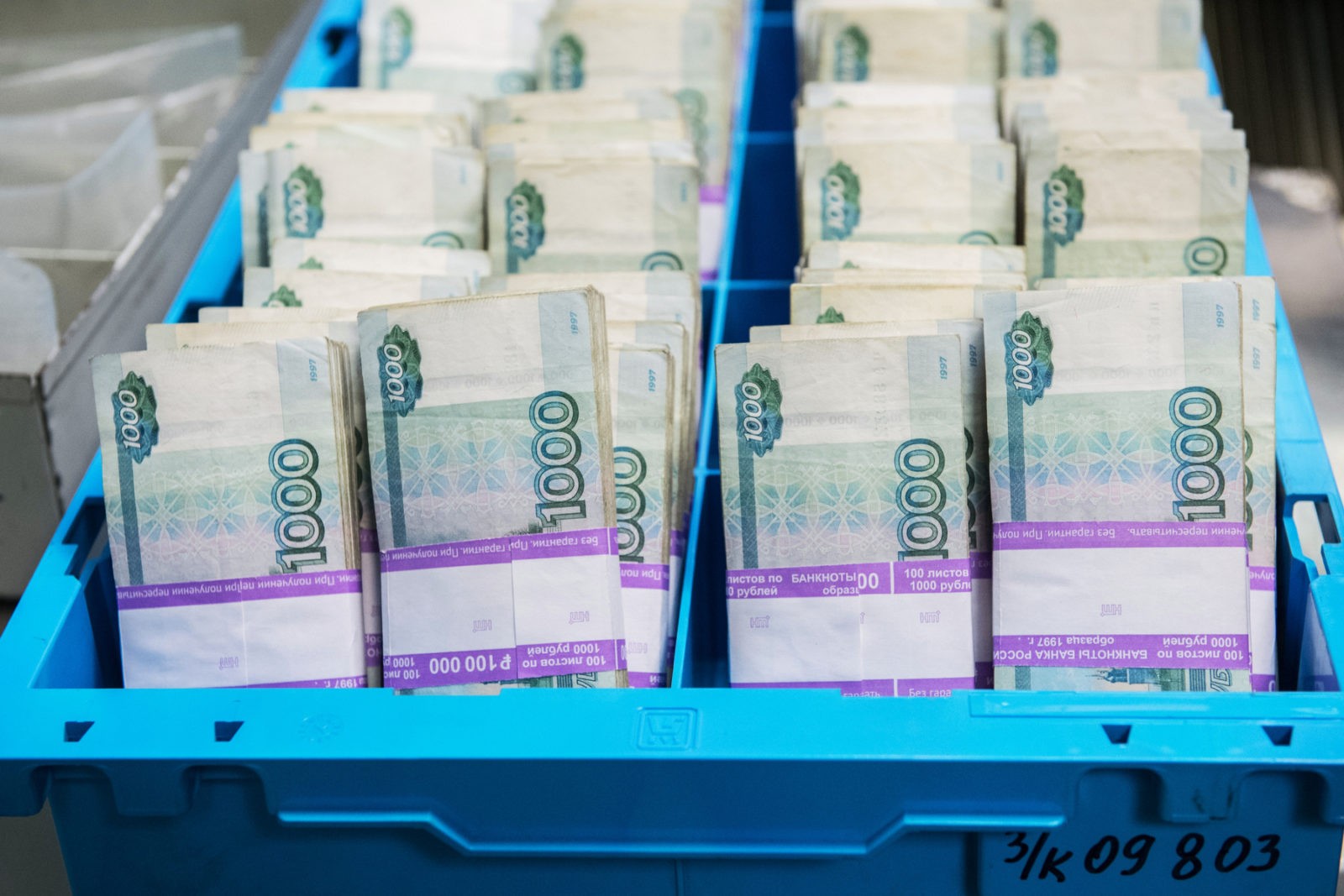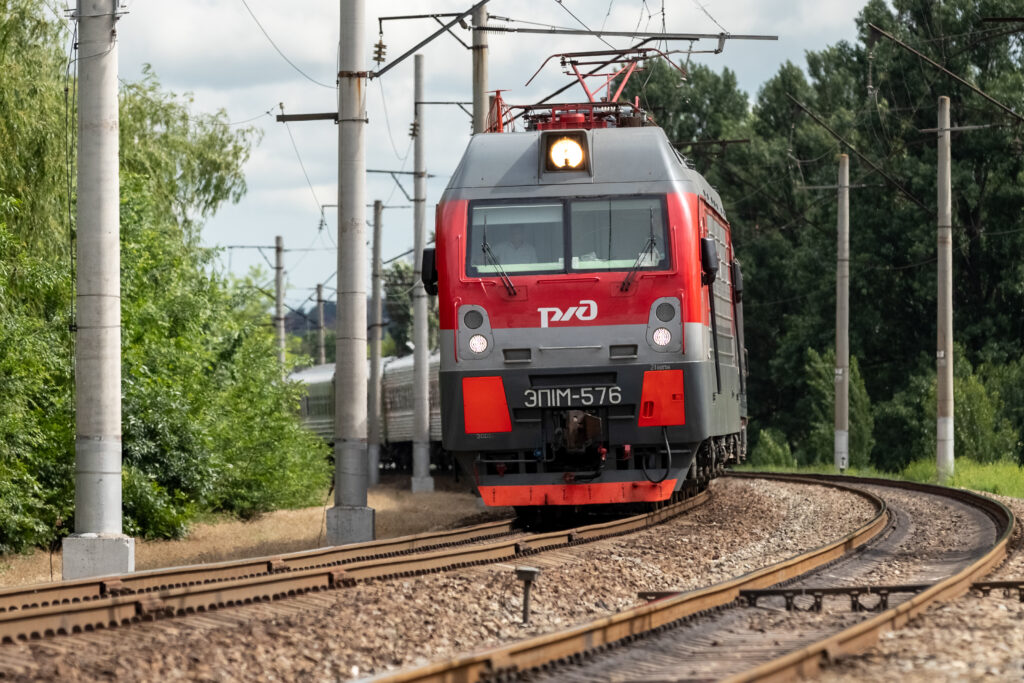Russian economists have been spending September puzzling over what is happening to the rouble. Two questions have become commonplace: What is causing this downward spiral? Can the currency depreciate even more? Pre-cooked answers abound, mostly relating to external factors. If ‘the West did not come down hard on Russia’, the thinking goes, the fair rate would correspond to purchasing power parity, i.e. 26.9 roubles/$1.
Most experts also blame external factors for the weaker rouble in general. First of all, they mention Western sanctions against Russia and Russian companies. The rouble’s depreciation in the aftermath of these restrictions (in April and in late August 2018) speaks in favour of this thesis. The second key factor is the unstable situation throughout emerging markets this month. Russia is being sucked down with the likes of Turkey and Argentina. Analysts draw direct parallels between the events of 1997-2001 and the current dynamics, which is disturbing. Finally, the continued relative weakness in oil prices is not ruled out as a cause either. Oil may be twice the price of $40 per barrel that served as a benchmark for the Russian budget in 2017. But the ‘black gold’ is far from its 2008 record high.
At the same time, Russia’s ruling elite emphasise domestic financial stability. Some point to record low inflation (2.5% in 2017). Or low external debt (below $37 billion, or just 2.4% of GDP at the current exchange rate). Others note a budget surplus and large-scale additional revenues. (The surplus may reach 1 trillion roubles this year; additional revenues may reach 2.7 trillion roubles). On top of that, the Bank of Russia’s forex reserves are growing (up by $28 billion since the beginning of this year), economic growth has picked up (it is expected to reach 1.8% this year) and unemployment is almost non-existent.
And so, a clear picture of the fight of domestic forces against external forces emerges. Still, it remains unclear why the rouble is steadily sliding down given such a rosy situation in the economy. Since early 2018, the dollar has appreciated by 21.3%, while inflation has been at 2.8%. Of course, it is a consolation that the Russian currency’s slide is more moderate than that of the Argentine peso (-49.9% year to date) or the Turkish lira (-70.7%). Still, the situation raises some serious concerns.
The most obvious question is why the authorities are making no efforts to maintain the value of currency. The rouble rate plays such a significant role in the domestic economy and – most importantly – in shaping consumer expectations. So why no moves to prop up the currency? The situation in Argentina and Turkey is indeed much worse. But their central banks have spent $13.5 billion and $18.2 billion dollars respectively to protect their currencies, using reserves that amounted to $56.7 billion and $88.4 billion at the beginning of the year. The Central Bank of Russia carried out no interventions; its reserves increased by $28 billion. Moreover, the policy rate has not been raised for 45 months, and is 2.4-fold lower than the policy rate in Turkey and 8.3-fold lower than that in Argentina. Does that mean the exchange rate is not a priority for the Kremlin? In my opinion, such an assertion is not entirely true; the Kremlin’s policy is targeted at managed depreciation rather than stabilisation of the currency.
There are at least three prerequisites for that; let’s examine them starting with the least significant.
To begin with, the Russian authorities seem to be moving toward economic autarky. The success of import substitution is almost treated as a synonym for efficiency. Managed depreciation of the rouble stimulates this approach. Experts point to its minor effect on the growth of Russian exports; the share of final industrial products is low. At the same time, Russian producers dominate the domestic market. That is due to the constant rise in the cost of imports which maintains sustainable financial indicators. The economic model dependent on growing expenses must be adjusted via devaluation. The less volatile and the more predictable the devaluation is, the less turmoil this causes producers and citizens. Were it not for gradual currency depreciation, citizens would not believe that the Russian economy was growing, although devaluation does not generate growth due to increased exports. To generate this ‘doping effect’ , the rate of devaluation should be far ahead of the rate of inflation. (This is what we saw in 2014-2018, with a ratio of approximately 3 to 1, or to be more precise, 113.7% to 39.6%). This is possible only due to limited or even stagnant final demand. Which explains why the Russian authorities are so indifferent to stimulating consumption. Even though that’s how the majority of developed countries have reacted to economic crises in recent decades.
Secondly, the Kremlin favours depreciation of the rouble for an even more pressing reason: Its dependence on export and import duties, as well as severance taxes. It would seem that car import duties have nothing in common with the oil production tax. However, both rates are expressed either in dollar terms (I am talking about severance taxes or export duties; the former are tied to dollar-based oil prices on the world market) or euro terms (import duties). In other words, the state receives some of its revenues in foreign currency even though officially the rouble is the only legal tender in Russia. For example, in 2017, such contributions generated 5.97 trillion roubles of federal budget revenue. All at the weighted average rate of 58.35 roubles/$1.
In the first eight months of 2018, the average exchange rate was 62.66/$1. So even with the same volumes of exports and imports, additional budget contributions reached at least 400 billion roubles. They may exceed 900 billion roubles by the end of the year. Despite all the talk of cheap oil, the price has recently exceeded 5,000 roubles per barrel. (And rouble prices are what matter most for the budget). All these revenue items are credited to the federal budget, used in particular for social expenditures (in roubles, obviously) which are so ‘dear’ to Kremlin’s heart. Pensions and social benefits are indexed on official inflation indicators, not the dollar rate.
In other words, currency depreciation is the most efficient tool for filling up federal coffers. And the least controversial. By comparison, the public strongly disapproved of a 2 percentage-point increase of the VAT (compared to the current rate.) The increase will generate only about 600 billion roubles.
Currency depreciation fulfils a vital psychological function. The famous annual increase of pensions of by 1,000 roubles in the coming years requires 7% annual growth. That is taking into account the current average monthly pension of 14,000 roubles. Besides, the growth rate is slowing alongside the increase in the nominal amount. In dollar terms (the benchmark not only for international comparison but also for the assessment of real consumption), Russians’ incomes dropped by 8.5% between early 2017 and August 2018. This process is not reversing. Yet the authorities are taking advantage of rouble depreciation to report on the growth of nominal investment, personal incomes and pensions, which are denominated in roubles. In fact, they continue to squeeze the stagnant economy to finance budget items most prone to corrupt practices. During his first two terms in office, Putin used to boast of a rapid ‘catching up with Portugal’. GDP growth and an increase in incomes in dollar terms were the yardsticks. Not any more. Propaganda takes advantage of an illusory de-dollarisation of the economy. It is noteworthy that the dollar-denominated RTS index, the stock exchange benchmark for nearly 20 years, is rarely cited on financial websites today. The rouble-denominated MICEX gets most of the airtime.
Gradual devaluation is in fact a perfect ‘symmetrical response’ to Western sanctions, deterioration of the investment climate and living standards. Devaluation helps maintain ‘stability’ in the domestic market and prevents Russian goods from turning into a total laughingstock. It expands the budget. Taking into account the pre-Crimean rate of 32.5 roubles/$1, Russia would otherwise have seen a deficit of at least 2 trillion roubles. Devaluation appeases ordinary citizens, who are happy about a small increase in incomes expressed in rouble terms, in a country that is becoming increasingly isolated.
That means that the government is going to make every effort to prevent rouble appreciation even if the ‘geopolitical enemies’ were to waive sanctions against Moscow tomorrow.










